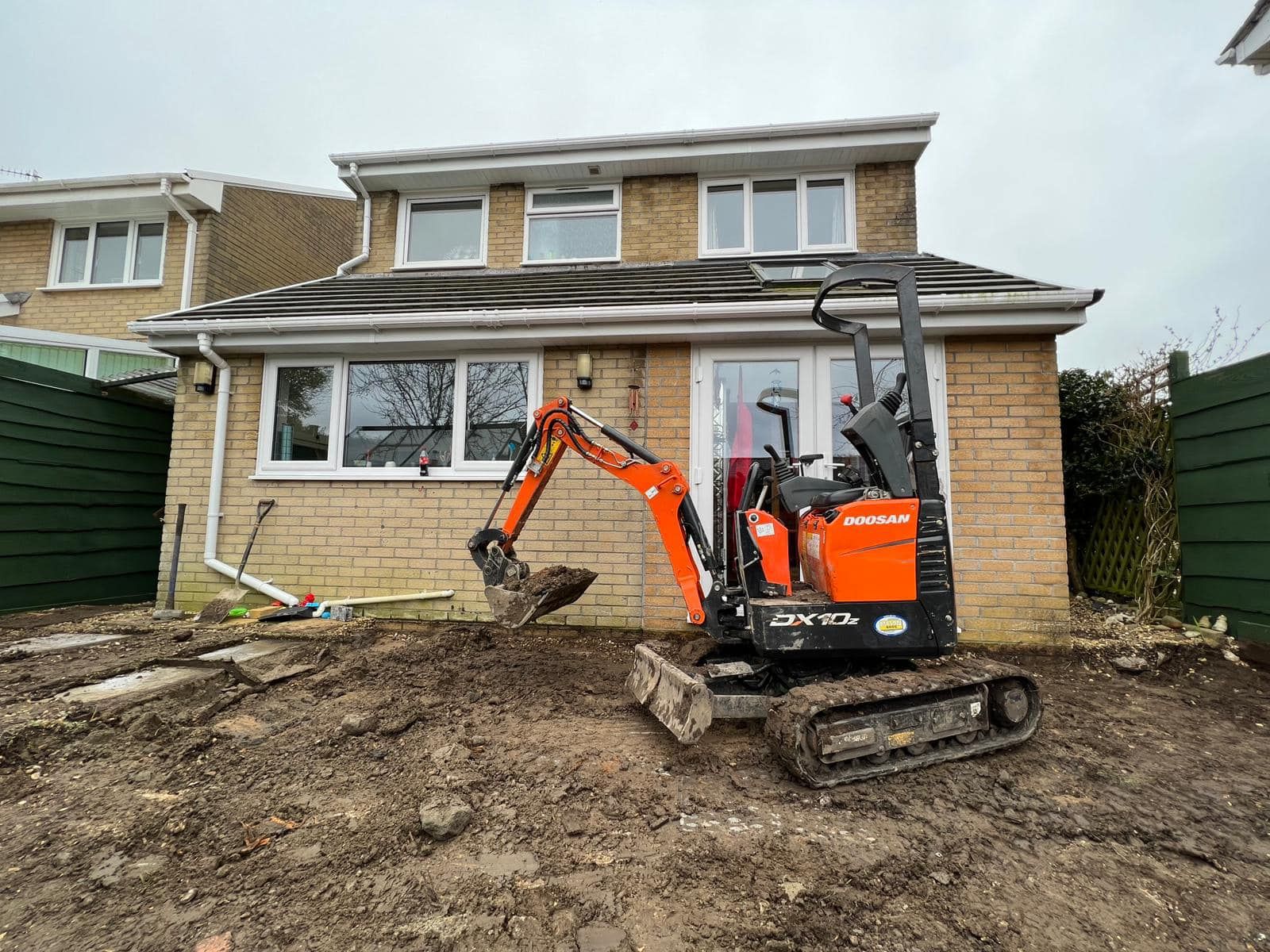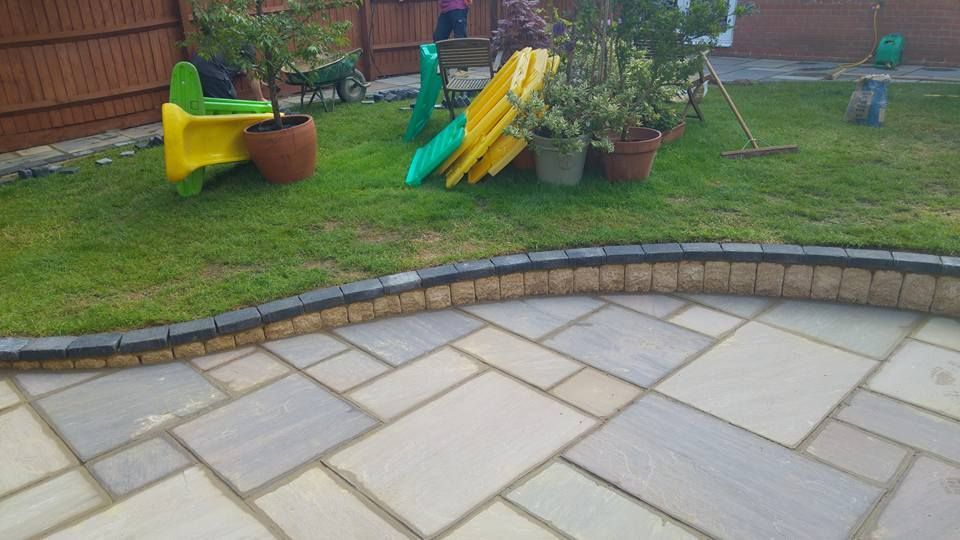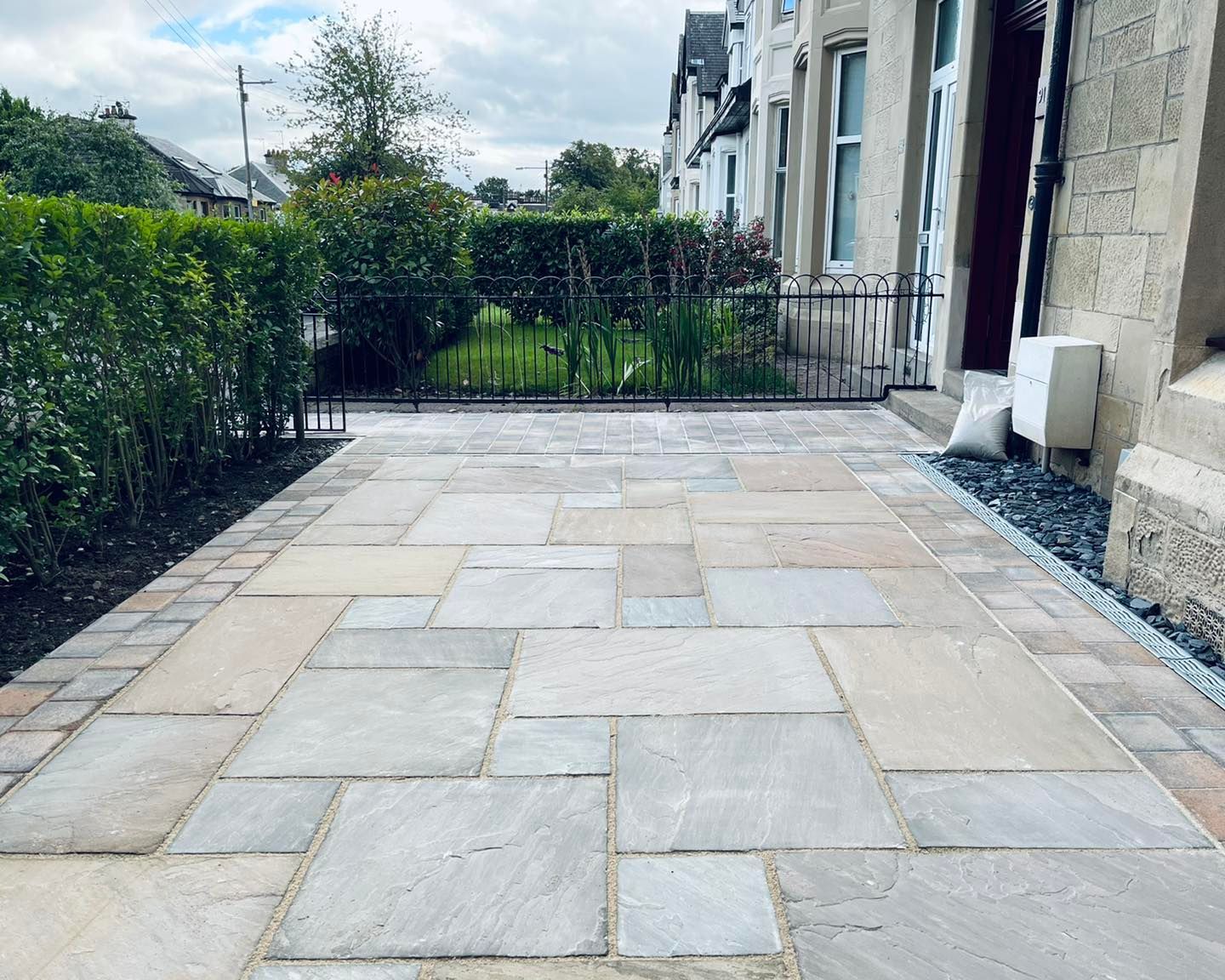Sub-Base for Block Paving – The Key to a Durable Driveway
Telephone:
0115-647-1794
Introduction To Driveway Sub-Bases
When planning a block paving driveway, most homeowners focus on the visible surface—the pattern, colour, and type of paving stones. However, what lies beneath the blocks is just as important, if not more so, for ensuring a durable and long-lasting driveway. The sub-base is the foundation of any block paving driveway project, providing stability, drainage, and resistance to shifting and sinking. Without a properly installed sub-base, your driveway is likely to suffer from cracks, movement, and water damage over time.
A well-constructed sub-base ensures that the driveway remains level and can withstand the weight of vehicles without shifting or sinking. It also helps prevent water accumulation, which can lead to frost damage in colder months. Whether you’re installing a new driveway yourself or hiring professionals, understanding the role of the sub-base will help you make informed decisions and avoid common pitfalls.
What is a Sub-Base and Why is it Essential for Block Paving?
Understanding the Sub-Base Layer
A sub-base is the compacted layer of material laid beneath block paving to provide structural support. It sits between the soil (or sub-grade) and the bedding layer, which holds the paving blocks in place. The primary purpose of the sub-base is to distribute the load of vehicles and foot traffic evenly, reducing the risk of depressions and uneven surfaces.
Unlike the bedding layer, which consists of sand and serves as a levelling surface for the blocks, the sub-base is made up of more durable materials, such as crushed stone or recycled aggregates. The quality and depth of this layer determine the overall longevity and resilience of the driveway. A weak or improperly compacted sub-base can result in the blocks shifting or sinking over time, leading to an uneven surface and expensive repairs.
The Importance of a Properly Installed Sub-Base
The sub-base plays a crucial role in the performance of block paving, affecting both its appearance and functionality. One of its key benefits is preventing movement and settlement, which can occur if the ground beneath is not properly prepared. This is particularly important in areas where soil tends to shift due to moisture or heavy loads.
Another major advantage is improved drainage. A well-laid sub-base allows water to flow through and away from the driveway, reducing the risk of puddles forming on the surface. In colder climates, standing water can freeze and expand, leading to cracks and damage in the paving. By ensuring proper drainage, the sub-base helps protect against weather-related wear and tear.
Additionally, a solid sub-base increases the load-bearing capacity of the driveway. Vehicles exert significant pressure on paving, and without adequate support beneath, the blocks can become loose or misaligned. A well-compacted sub-base minimises this risk, providing a stable and secure surface that can withstand daily use.
Choosing the Right Sub-Base Material
Type 1 MOT (Ministry of Transport) Hardcore
One of the most commonly used materials for sub-bases in block paving is Type 1 MOT hardcore. This consists of crushed limestone or granite that compacts well to create a firm foundation. Type 1 MOT is widely preferred because it provides excellent load-bearing capacity, making it suitable for driveways, patios, and even roads.
When properly compacted, MOT Type 1 forms a stable and level surface that supports paving stones effectively. It also allows for sufficient drainage, preventing water from pooling underneath the paving. It is readily available and meets industry standards, making it a reliable choice for most projects.
Type 3 MOT (Permeable Sub-Base Material)
For driveways where drainage is a primary concern, Type 3 MOT is a better alternative. This material is designed to be more permeable than Type 1, allowing water to drain through more efficiently. This makes it an ideal choice for areas prone to flooding or where sustainable drainage solutions (SuDS) are required by local regulations.
Type 3 MOT consists of larger aggregate particles, which create voids that facilitate water movement. While it provides good stability, it must be compacted carefully to ensure a firm base without compromising its drainage capabilities.
Recycled Aggregates and Alternative Materials
For those looking for more environmentally friendly options, recycled aggregates such as crushed concrete or crushed asphalt can be used as sub-base materials. These options provide similar performance to MOT Type 1 but with a reduced environmental impact, as they make use of recycled construction waste.
However, the quality of recycled aggregates can vary, so it is essential to source them from reputable suppliers. Proper compaction is also crucial to ensure they provide the necessary stability for block paving.
How to Install a Sub-Base for Block Paving
Excavation and Ground Preparation
Before laying a sub-base, the first step is to excavate the existing ground to the appropriate depth. For driveways, this typically means digging down to at least 200mm (including the depth for the sub-base and bedding layer). It is important to remove all organic material, such as grass and topsoil, as these can decompose over time and cause the surface to become unstable.
Once the excavation is complete, the ground should be levelled and compacted to create a firm base. If the soil is particularly soft or clay-heavy, additional measures such as a geotextile membrane may be needed to provide extra stability and prevent material movement.
Laying and Compacting the Sub-Base
The sub-base should be installed in layers, with each layer being compacted thoroughly before adding the next. This ensures maximum stability and prevents future shifting. The ideal approach is to add the material in layers of about 50mm, using a mechanical plate compactor to compress each layer effectively.
Proper compaction is crucial to preventing air pockets and ensuring that the sub-base provides a firm foundation for the block paving. Skipping this step or rushing through it can lead to an uneven surface, causing paving blocks to shift or sink over time.
Checking Levels and Final Preparation
After compacting the final layer of the sub-base, it is essential to check that the surface is even. Any dips or inconsistencies should be corrected before moving on to the next stage of the paving process. Using a spirit level or a screeding bar can help ensure accuracy.
At this point, if a geotextile membrane was not installed earlier, it can be added over the sub-base to prevent the bedding sand from mixing with the aggregate. This additional layer also helps to stabilise the sub-base further.
Common Mistakes to Avoid with a Sub-Base
One of the most frequent mistakes made during sub-base installation is using inadequate material. Some DIY installers try to cut costs by using sand or loose gravel as a sub-base, but these materials do not provide the necessary strength and stability. Over time, the paving will shift and become uneven, leading to costly repairs.
Another common error is failing to compact the sub-base properly. Simply spreading the material and pressing it down with a hand tool is not enough; mechanical compaction is essential for achieving a firm foundation. Insufficient compaction can result in sinking paving, making the driveway appear uneven and potentially creating trip hazards.
Drainage is another factor that is often overlooked. Poor drainage can lead to water pooling beneath the paving, causing damage over time. Ensuring that the sub-base is permeable or installing proper drainage solutions can help prevent water-related issues.
Our Final Conclusion About Driveway Sub-Bases
A strong and properly installed sub-base is essential for the longevity and durability of a block paving driveway. It provides the necessary support to prevent movement, enhances drainage, and ensures the paving remains level and secure. Whether opting for Type 1 MOT, Type 3 MOT, or recycled aggregates, selecting the right sub-base material and following correct installation procedures will save time, money, and hassle in the long run.
For those unsure about the process, hiring a professional like our team of landscape specialists at
Professional Gardeners of Nottingham is always a good investment. However, if you choose to tackle the project yourself, taking the time to excavate properly, compact each layer, and ensure adequate drainage will result in a driveway that not only looks great but also stands the test of time.






